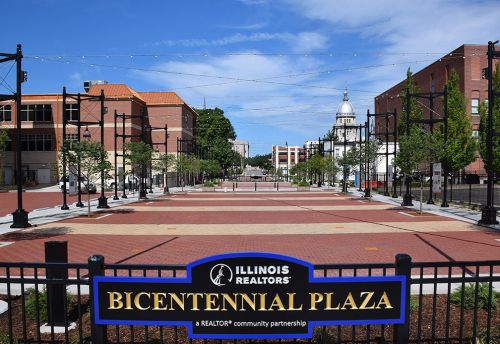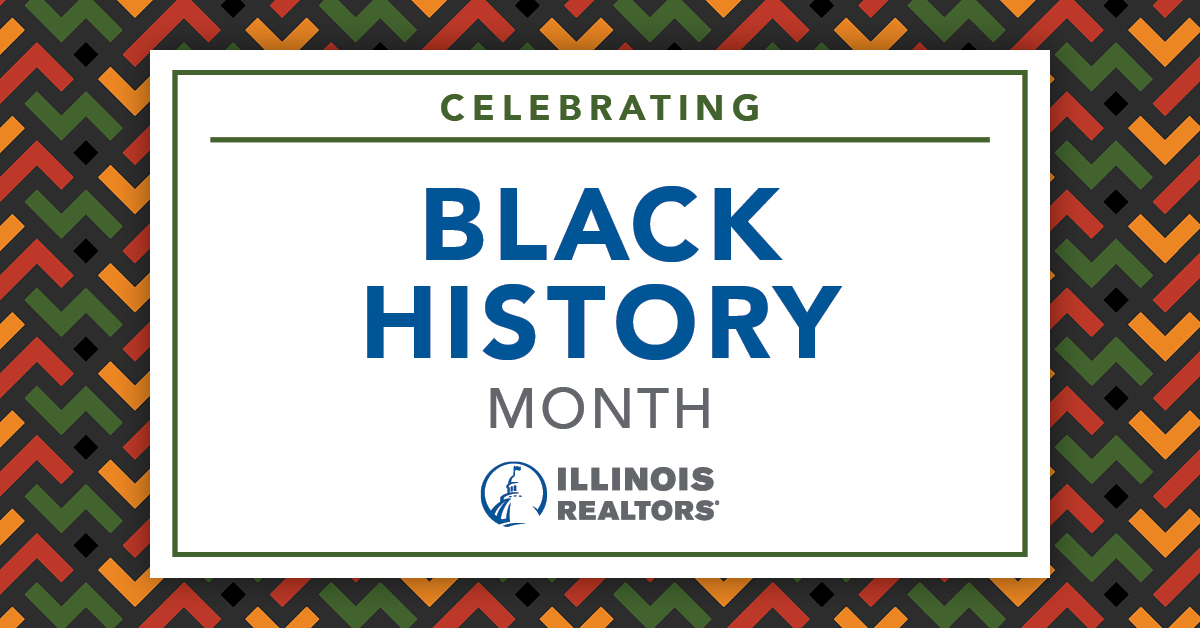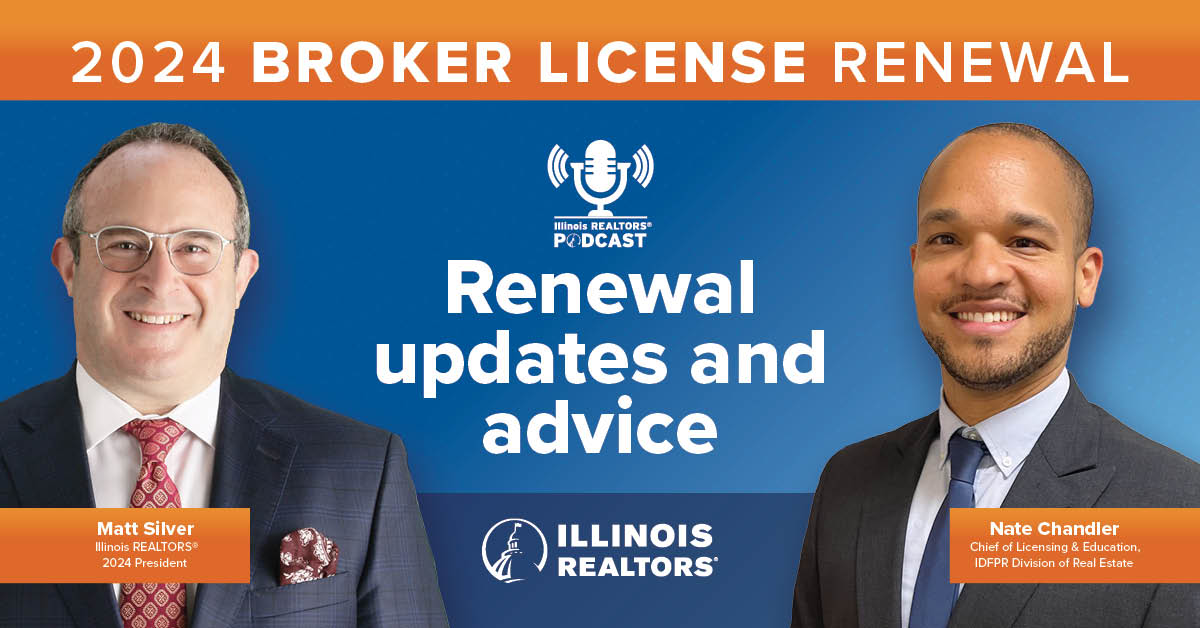In 1915, Carter G. Woodson, a graduate of the University of Chicago, traveled to Washington, D.C., to celebrate and serve as an exhibitor for the 50th anniversary of emancipation.
Illinois helped sponsor the national celebration showcasing Black history and accomplishments. Inspired, Woodson returned to Chicago resolved to promote the study of Black life and history. Later that year, Woodson was among the founders of the Association for the Study of Negro Life and History – now known as the Association for the Study of African American and History (ASALH) – and The Journal of Negro History was published in 1916.
A member of Omega Psi Phi fraternity, Woodson leveraged his fraternity brothers’ networks, but Woodson and the ASALH wanted greater exposure and impact. The organization established Negro History Week in February, 1926.
The choice of February was savvy, since the birthdays of Abraham Lincoln and Frederick Douglass had been traditionally celebrated in the Black community. Rather than try to create a new tradition, Woodson sought to promote the study of Black history by encompassing Negro History Week in already established celebrations. Woodson also had a larger goal in mind; he would transform a celebration of singularly great figures into the celebration of the wider contributions and accomplishments of the Black community.
Although the celebration was expanded to a month in 1976, during the nation’s bicentennial, the path to expanding Black History Month is multifaceted and goes as far back as the 1940s. Black civic leaders in West Virginia, cultural activists in Chicago and young Blacks on college campuses were instrumental in the eventual expansion. Before his death in 1950, Woodson believed that Black history celebrations would eventually come to an end, envisioning an environment where Black accomplishments, history and studies would be an established facet of annual learning.
Tools to celebrate diversity and inclusion year-round
Illinois REALTORS® Diversity & Inclusion (D&I) Initiative provides tools for REALTORS® to celebrate Black history and increase the number of Black REALTORS® all year. All of our D&I Resources are available online, but some highlights include:
- Illinois Real Estate Educational Foundation (REEF) Minority Scholarship
- Diversity and Inclusion Training Grants for Brokerages
- Teaching/Educational Videos and Interactive Tools
Dearborn REALTISTS® build communities every day
The Dearborn REALTIST® Board is the oldest African American Real Estate Trade Association, established in 1941. The name harkens from an African American area in Chicago, called Dearborn, which ran from 22nd Street, south to 63rd Street and extending east from Wentworth Street to Lake Michigan. This is where the Dearborn REALTIST® Board was founded and established an office.
The Dearborn REALTIST® mantra is “Democracy in Housing,” which puts a focus on economic development through housing in the African American Community. The Dearborn REALTIST® Board is the local chapter and carries out many initiatives of the National Association of Real Estate Brokers (NAREB) including 2MN5, an effort to create 2 million new Black homeowners in 5 years. Wealth building strategies such as the “House, then Car” initiative have been extremely successful. Annually, NAREB releases the State of Housing in Black America (SHIBA) report, which documents facts that “impact and impede Black families from realizing the dream of homeownership” and provides policy recommendations to fix the problems. Read the 2022 SHIBA report at: https://www.nareb.com/site-files/uploads/2022/11/2022-State-of-Housing-in-Black-America_V4.pdf.
The initiatives above are just the tip of the iceberg when it comes to networking, events and programming focused on building communities every day. To be a part of this momentous group, take a moment to like and follow the Dearborn REALTIST® Board’s Facebook page and become a member.



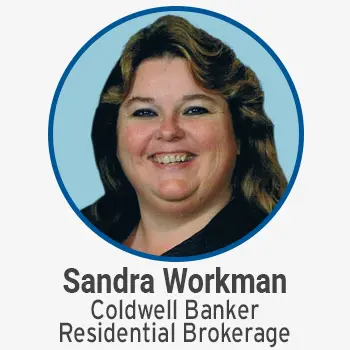
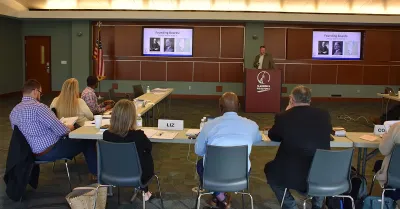 Create professional development programs that help REALTORS® strengthen their businesses.
Create professional development programs that help REALTORS® strengthen their businesses.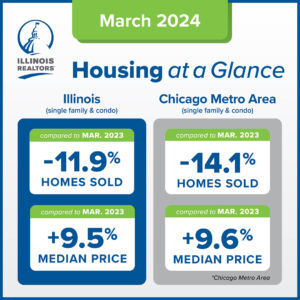
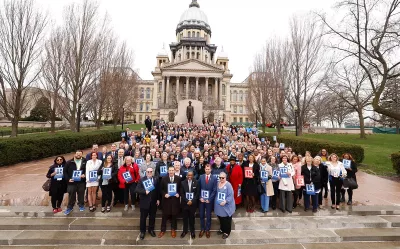 Protect private property rights and promote the value of REALTORS®.
Protect private property rights and promote the value of REALTORS®.
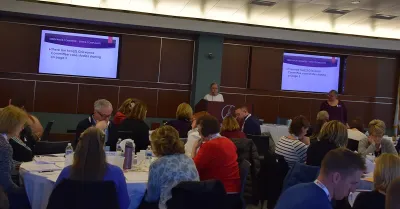 Advance ethics enforcement programs that increase REALTOR® professionalism.
Advance ethics enforcement programs that increase REALTOR® professionalism.
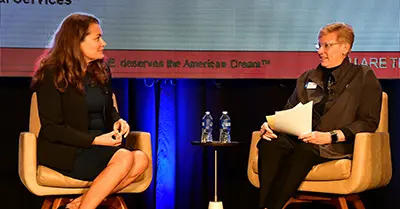 Protect REALTORS® by providing legal guidance and education.
Protect REALTORS® by providing legal guidance and education. Stay current on industry issues with daily news from Illinois REALTORS®, network with other professionals, attend a seminar, and keep up with industry trends through events throughout the year.
Stay current on industry issues with daily news from Illinois REALTORS®, network with other professionals, attend a seminar, and keep up with industry trends through events throughout the year.